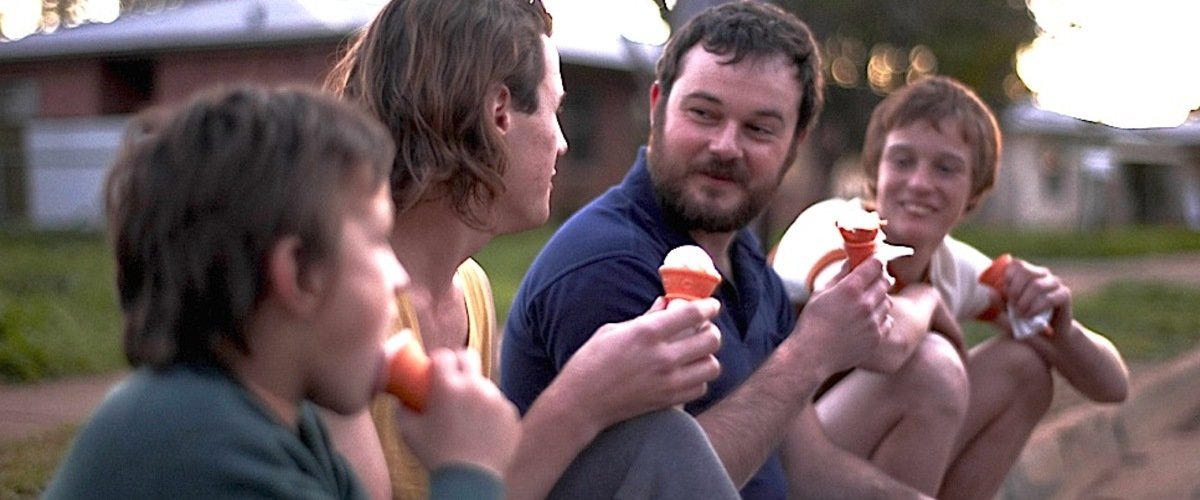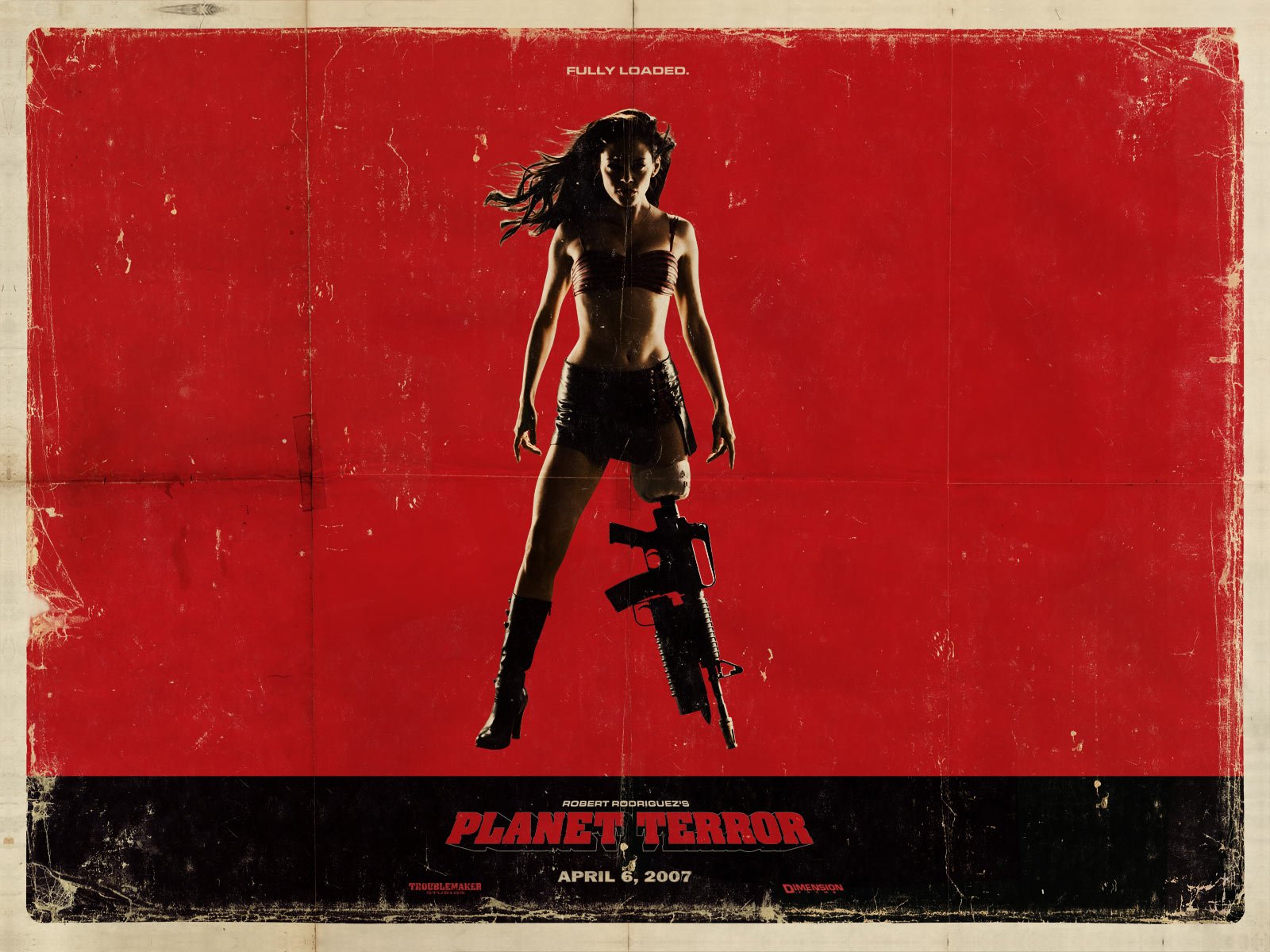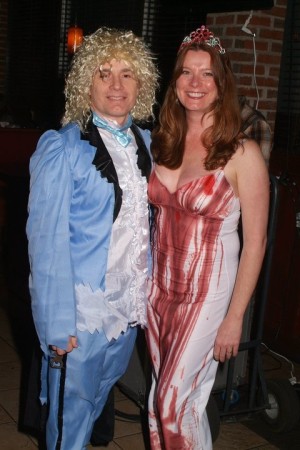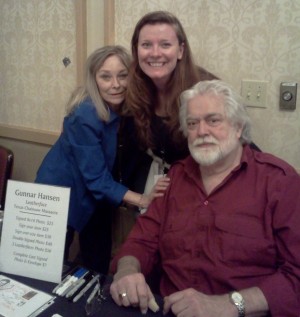You think the price of gas will kill you! What about those creepy gas attendants?
Gas stations, for one reason or another, have become a staple in horror films – especially slashers and those backwoods thrillers. Jenny Raya of Dave’s Pop Culture Podcast joins us to count down the films that make the most of the spooky service station.
5. Tucker and Dale Versus Evil (2010)
Because Eli Craig’s comedic upending of the hillbilly horror sub-genre is nearly perfect, there had to be a pivotal scene set in a gas station.
Two backwoods buddies (an endearing Tyler Labine and Alan Tudyk) head to their mountain cabin for a weekend of fishing. En route they meet some college kids on their own camping adventure. A comedy of errors, misunderstandings and subsequent, escalating violence follows as the kids misinterpret every move Tucker and Dale make.
In the tradition of Shaun of the Dead, T&DVE lovingly sends up a familiar subgenre with insightful, self-referential humor, upending expectations by taking the point of view of the presumably villainous hicks. And it happens to be hilarious.
4. Splinter (2008)
Road kill, a carjacking, an abandoned gas station, some quills – it doesn’t take much for first time feature filmmaker and longtime visual effects master Toby Wilkins to get under your skin. One cute couple just kind of wants to camp in Oklahoma’s ancient forest (which can never be a good idea, really). Too bad a couple of ne’er-do-wells needs their car. Then a flat (what was that – a porcupine? No!!) sends them to that creepy gas station, and all hell breaks loose.
Contamination gymnastics call to mind the great John Carpenter flick The Thing, but Splinteris its own animal. Characters have depth and arcs, the danger is palpable, the kills pretty amazing, and the overall aesthetic of that old highway gives everything a desperately lonesome quality where you believe anything could happen and no rescue is in sight.
3. The Hills Have Eyes (1977)
Wes Craven’s original Hills – cheaply made and poorly acted – is a surprisingly memorable, and even more surprisingly alarming flick. Craven’s early career is marked by a contempt for both characters and audience, and his first two horror films ignored taboos, mistreating everyone on screen and in the theater. In the style of Deliverance meets Mad Max, Hills was an exercise in pushing the envelope, and it owes what lasting popularity it has to its shocking violence and Michael Berryman’s nightmarish mug.
The nightmare begins (and for a lot of people, ends) at Fred’s Oasis – the last gas station before hitting an unforgiving stretch of desert.
The Hills Have Eyes is not for the squeamish. People are raped, burned alive, eaten alive, eaten dead, and generally ill-treated. You can’t say Fred didn’t warn them.
2. Deliverance (1972)
Nine notes on a banjo have never sounded so creepy.
Deliverance follows four buddies staving off mid-life crises with a canoeing adventure in southern Georgia, where a man’s not afraid to admire another man’s mouth.
They stop off, as travelers must, at a service station. No one warns them, no one delivers ominous news, but come on, no one had to. One look at the locals spending their days at that gas station should have been enough to convince them to turn back.
James Dickey streamlined his own novel to its atmospheric best, and director John Boorman plays on urbanite fears like few have done since. Dickey and Boorman mean to tell you that progress has created a soft bellied breed of man unable to survive without the comforts of a modern age.
1. The Texas Chain Saw Massacre (1974)
Who wants barbeque?
Jim Siedow’s under-appreciated performance as de facto patriarch begins at Last Chance Gas.
First is the classic “you don’t want to go there” warnings, a long tradition in backwoods and slasher horror. But Hooper has something fun up his sleeve with this one, introducing Siedow as a likable weirdo, a concerned older Southern gentleman.
So when Sally Hardesty makes it away from the carnage all the way back to the service station, the tension, betrayal and sadism that follows feels that much more awful and unseemly.
Plus they had bought barbeque earlier! Eeeewww!










